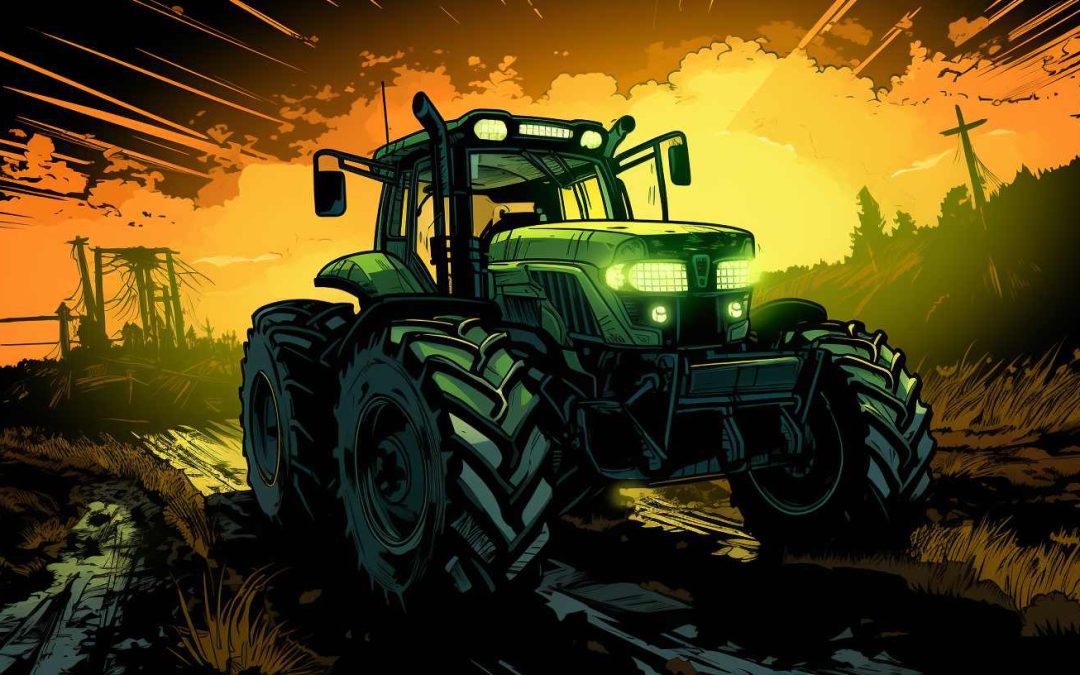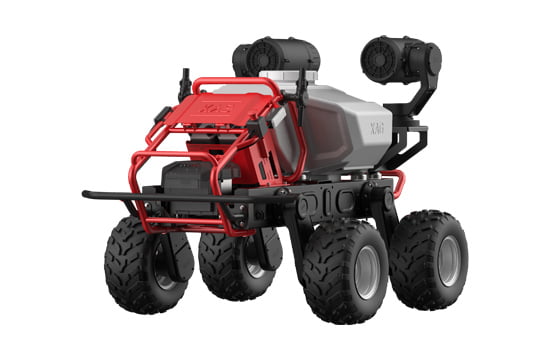Agriculture stands on the cusp of a robotic revolution. Autonomous tractors equipped with GPS, sensors and AI are arriving on farms worldwide. Proponents argue these advanced machines will transform farming efficiency and productivity. But should farmers rush to replace their human-driven equipment with robotic workhorses? This in-depth article examines the latest autonomous tractor capabilities and model options, weighs the potential upsides versus downsides for farm owners, and explores considerations in determining if automation is warranted.
Current Autonomous Tractor Brands and Models
A growing roster of major agricultural equipment manufacturers now offer autonomous-enabled tractors for commercial use. Although models vary, they share core self-driving functionalities. GPS navigation and area mapping allow the tractors to precisely steer along programmed routes without human guidance. Obstacle detection sensors prevent collisions when people, animals or objects enter their path. Remote monitoring enables control and adjustment from smartphones or computers.
Here is an overview of notable production autonomous tractor models now plying fields worldwide:
John Deere 8R 410 Autonomous Tractor
The John Deere 8R 410 debuted in 2021 as the first fully autonomous tractor sold in North America. It leverages six pairs of stereo cameras for 360-degree obstacle detection. Farmers can configure exact paths and operations using the AutoPath app. For remote monitoring, video feeds and alerts display in the Operations Center dashboard.
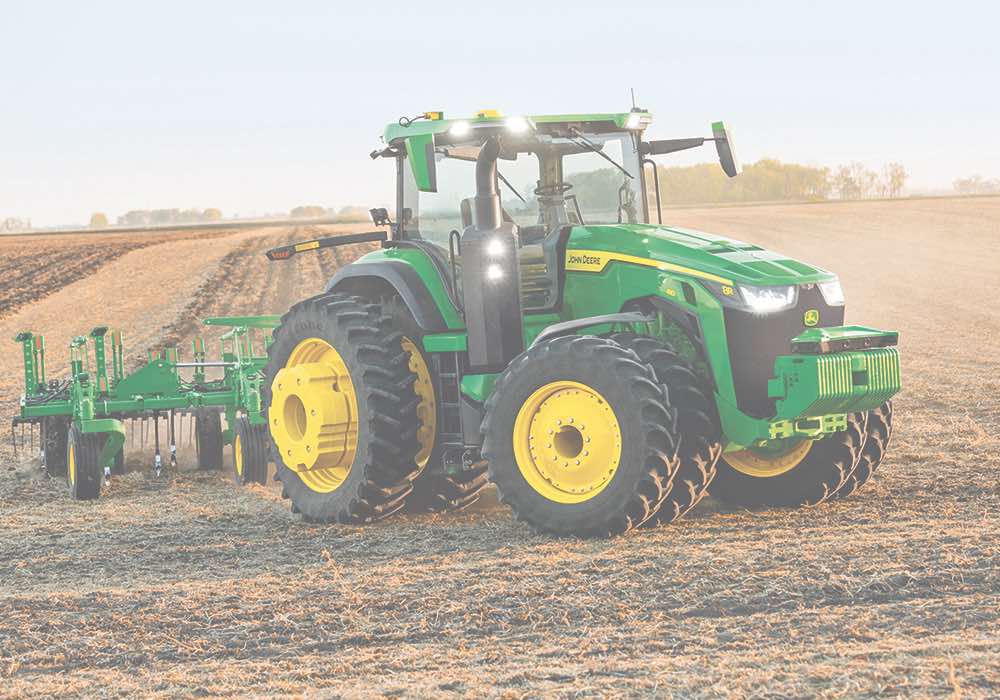
The 8R 410 is available in five models offering 177 to 405 engine horsepower. List prices range from $500,000 to $800,000.
CNH Industrial New Holland T7.315 Autonomous Tractor
Part of an autonomous concept platform unveiled in 2016, CNH Industrial’s T7.315 production model arrived in 2020. It utilizes both lidar and radar sensors to continuously scan for people and objects. The T7.315 autonomously performs tasks guided by vehicle control units and GPS-enabled mapping tools.
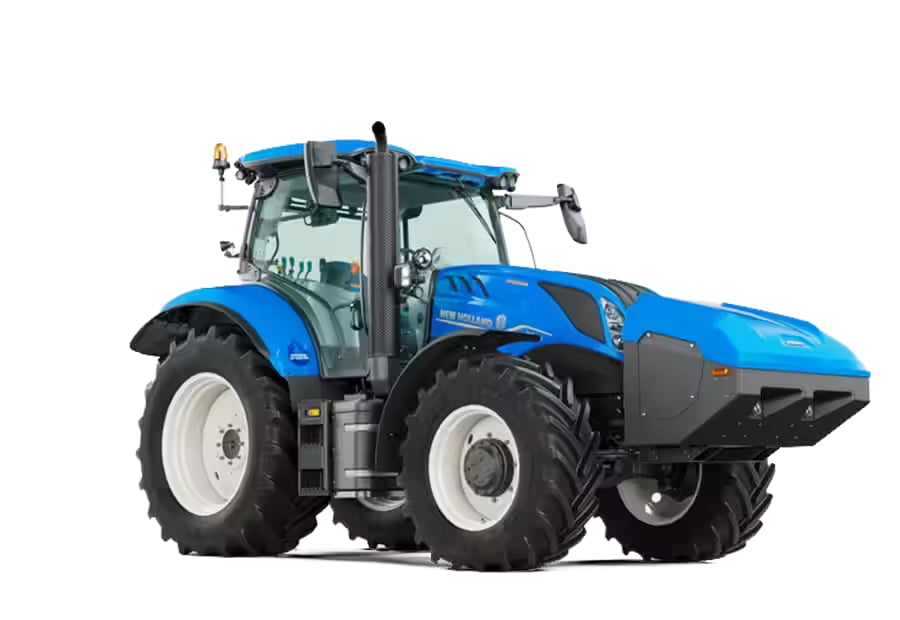
New Holland’s IntelliTurn system also enables automatic end-of-row turns during plowing, planting and tillage applications.
Fendt 1000 Vario Autonomous Tractor
AGCO’s high-horsepower Fendt 1000 Vario can be equipped with AutoGuide automated steering for hands-free field navigation. The Fendt Guide Contour Assistant feature enables completely autonomous tilling and soil work on slopes and uneven terrain. Remote monitoring and diagnostic troubleshooting are possible through the Fuse smart farming ecosystem.
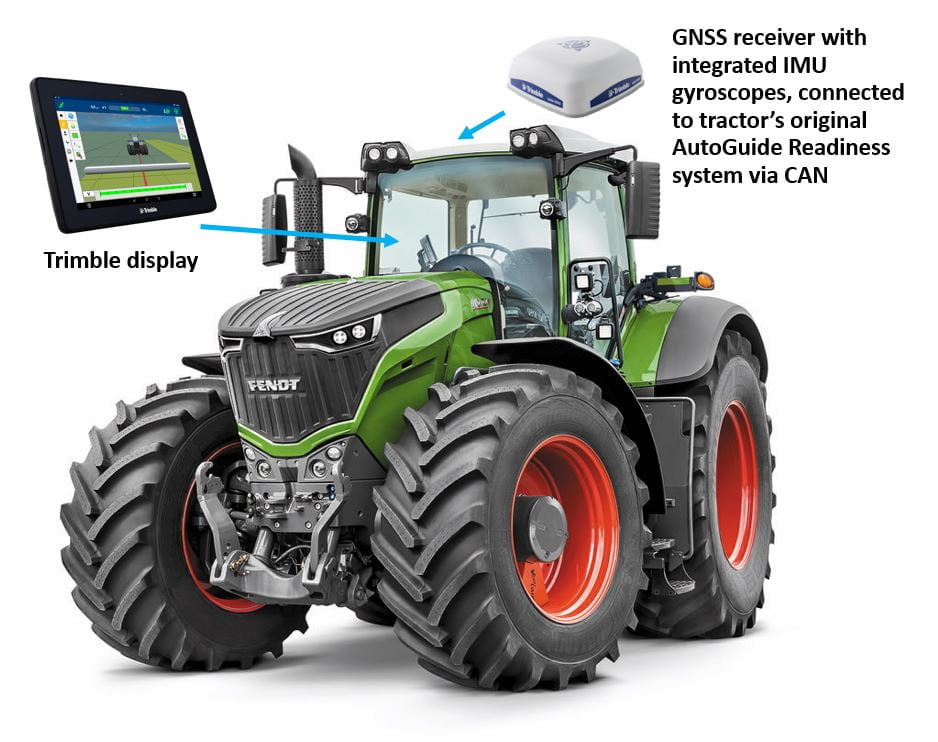
The 1000 Vario provides 112 to 517 horsepower capacities.
Monarch Tractor MK-V Electric Autonomous Tractor
Scheduled for commercial delivery in 2023, the Monarch Tractor MK-V runs solely on batteries instead of diesel. The enclosed, low-clearance design houses six electric motors to deliver a rated 250 horsepower. Autonomous operation relies on 12 lidar sensors, six optical cameras and an Nvidia GPU for situational processing.
The MK-V will initially focus on organic vineyards and orchards. Target starting price is $50,000.
Yanmar YT5115N Autonomous Tractor Prototype
Japanese tractor builder Yanmar has developed an autonomous concept tractor called the YT5115N. Built off the standard YT5113N row-crop model, it uses lidar and stereo cameras to self-navigate through fields while tilling, planting and spraying. The cab-less design freed up space for autonomous technology hardware and chemical tanks.

Yanmar is now refining the prototype for potential commercial production.
Key Pros of Adopting Autonomous Agricultural Tractors
Beyond mere novelty, autonomous tractors can tangibly benefit farmers in multiple ways. Here are some of the most compelling advantages robotic tractors offer compared to their human-piloted counterparts:
Greater Efficiency & Faster Task Completion
Without a driver who needs breaks, autonomous tractors can operate continuously for far longer. Their precise driving and tireless work pace finishes jobs faster. Efficiency improves further as farmers gain confidence to deploy multiple autonomous tractors coordinating simultaneously. Fewer passes across fields and no overlapping boosts efficiency.
Lower Operating Costs
Eliminating a human operator significantly reduces operating costs. Autonomous tractors slash expensive skilled labor requirements. Consistent pacing optimized by algorithms also reduces fuel consumption. With smoother driving, wear and tear on vehicle components drops, decreasing maintenance costs. Farm net income sees gains from lower overheads.
Reduced Reliance on Chemical Inputs
Guidance systems enable autonomous tractors to plant seeds, spray fertilizers and apply pesticides with incredible accuracy. Spot-on placement means less overuse and waste of expensive chemicals. Lower input costs help boost profit margins. Targeted application prevented by humans further minimizes risks of chemical drift.
Improved Agility & Continuous Adjustments
Unlike lockstep annual plans, autonomous tractors respond in real time to changing conditions. Instantaneous data from moisture sensors, for example, allows the tractors to alter irrigation on a granular level. Sudden pest outbreaks trigger immediate, targeted spraying. Autonomous tractors continue adapting plans for optimal outcomes.
Fewer Environmental Impacts
From reduced chemical usage to smaller trailed implements, today’s autonomous tractors promote greater sustainability. Their lightweight, all-electric models compact soil far less than heavy diesel machines. Smaller tractors allow more precision around delicate ecosystems. Automation reduces pollution and land degradation over time.
Enhanced Worker Safety & Health
Removing human operators from unsafe heavy equipment prevents tractor-related injuries and deaths. Autonomous models avoid the risks of rollovers, run overs and entanglements. Cab-less models also protect farmers from toxic pesticide exposure. Self-driving tractors create safer, less stressful working conditions.
Ability to Scale & Customize Operations
Unlike fixed farming teams, autonomous fleets scale easily to manage additional acreage. Farmers can cost-effectively expand by adding more programmed tractors. Customized machines suited for specific crops or terrains also simplify farm diversification. Autonomous implements boost scalability too.
Increased Data Collection & Analytics
Onboard cameras, GPS mapping, sensors, and computer vision guide autonomous tractors. But these technologies also gather immense volumes of agricultural data. Analytics identify patterns and opportunities for improvement like never before. Insights optimize future growing strategies.
Appeal to Younger Generations
Surveys show strong interest among millennials and Gen Z in applying technology and robotics to agriculture. Autonomous tractors and data-driven smart farming are key draws. Automation makes agriculture careers more enticing amidst labor shortages.
Potential Drawbacks of Automated Tractor Adoption
Alongside their many benefits, autonomous farm tractors also come with some downsides and risks worth acknowledging:
Substantial Upfront Investment Costs
With base prices starting around $500,000, autonomous tractors are out of reach for many smaller producers. The substantial capital investment may not pay off for farms below 5,000 acres. Securing financing assistance for farmers makes adoption more feasible.
Steep Learning Curve for Operation
Farmers must still develop specialized skills in GPS-guided automation software, sensor-based diagnostics, and agricultural data analytics. Most will require extensive training to proficiently leverage these advanced technologies and their continuous upgrades.
Requirements for Upgraded Infrastructure
To enable automation, farms need sufficient high-speed internet for reliable data transmission, servers to manage GPS mapping data, stationary electrical power for charging, and technical support capabilities. Lacking this infrastructure hampers adoption.
Potential Interference with Automation
Any disabling of tractor sensors or cameras risks overarching automation failure. Flooded fields, covered cameras, dusty sensors, and obscured GPS signals could all obstruct autonomous operation temporarily. Human intervention is still essential as a failsafe.
Susceptibility to Cyberattacks
As autonomous tractors grow more interconnected, they become vulnerable to cybersecurity threats. Malicious actors could exploit vulnerabilities to steal data or wreak havoc by taking control of vehicles. Proactive measures to prevent hacking are essential.
Hardware Limitations of Current Models
Early production autonomous tractors still cannot totally replace human duties. Most lack manipulation appendages for duties like inspecting crops or unclogging implements. Human oversight remains key until capabilities mature.
Social Concerns About Job Losses
While autonomous tractors fill farm labor deficits, fears persist that they will displace remaining farmworkers. Re-training and educational programs are crucial to help the rural workforce transition and prevent resentment towards automation.
Key Factors in Deciding if Autonomous Tractors Are Right for Your Farm
When evaluating whether to adopt autonomous tractors, four major factors come into play for most farmers:
1. Acreage Under Cultivation
With high per unit costs, purchase only makes financial sense on spreads exceeding 3,000-5,000 acres. Autonomous tractors realize their full economic potential when maximizing 24/7 runtime across larger land bases. Plots below 240-800 acres likely cannot justify autonomous equipment costs currently.
2. Crops & Tasks Suited to Automation
Certain crops like row grains, cotton and hay which involve major equipment-intensive field preparation, planting, treatment and harvesting activities derive the greatest return from automation. In contrast, delicate specialist crops requiring dexterous human handling for now still warrant manual labor.
3. Availability of Skilled Workers
Farmers who struggle to find and retain experienced equipment operators and field managers stand to gain enormously from supplementing with autonomous tractors. They boost productivity without more hires. However, farms with ample affordable labor enjoy less urgency to automate.
4. State of Farm Infrastructure
Existing facilities with sufficient power generation, high-speed connectivity, and precision geolocation systems can easily integrate smart autonomous tractors. Operations still relying on outdated infrastructure may first need upgrades to realize the potential.
In specific contexts like commodity grain production on vast acreages, autonomous benefits can exceed drawbacks. But producers across all scales and specialties should still thoughtfully assess their own needs and priorities.
The Future Role of Autonomous Tractors in Agriculture
While not yet exceeding human operational abilities across the board, autonomous technology on agricultural tractors continues to rapidly mature. Capabilities not viable just 5-10 years ago, like full automation of tillage and sowing, are now commercial realities thanks to advances in sensors, GPS, wireless technologies and AI computing power.
Looking ahead, tractors will surely reach new levels of intelligence and capability. Truly driverless equipment will soon fluidly coordinate to execute highly complex farming plans much too unwieldy for people to orchestrate. But human supervision, problem-solving and mechanical skills will remain essential where pure robotics underperform. The ideal farm of the future likely centers around hybrid teams of people and increasingly competent autonomous machines working in seamless harmony across the land.
Conclusion: Key Takeaways on Autonomous Tractors
In summary, here are the core insights farmers worldwide gain from this deep look at autonomous tractors:
- Multiple major tractor manufacturers now offer models with robust autonomous functionality for mainstream commercial use based on GPS, lidar, cameras and computing.
- Key benefits include lower operating costs, reduced labor burdens, improved efficiency, higher precision, expanded scalability and abundant field data.
- But downsides like huge costs for smaller farms, infrastructure prerequisites, cyber risks and job losses still slow universal adoption.
- Producers should weigh acreage, crops, labor availability and facilities readiness when assessing if automation merits investment.
- While not yet a silver bullet solution, rapid improvements in autonomous technology promise to vastly expand its capabilities and viability for farms of the future.
- In coming years, autonomous tractor adoption will quicken, prices will moderate, and capabilities will match more human skills.
- But well-trained, innovative farmers will remain essential to oversee, optimize and complement autonomous machines as farming enters this new frontier.
Agriculture perpetually evolves, but the pace of change has accelerated exponentially. Autonomous solutions like tractors, harvesters and drones promise to transform farming. But growers aiming to leverage these emerging tools must objectively balance the hype and risks with their own on-the-ground realities. When deployed strategically, robotic helpers unleash enormous potential. Yet human judgment, generalist problem-solving, ethics and ingenuity ultimately underpin any successful and sustainable farm of the future.

